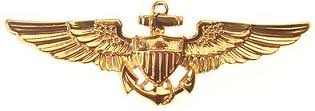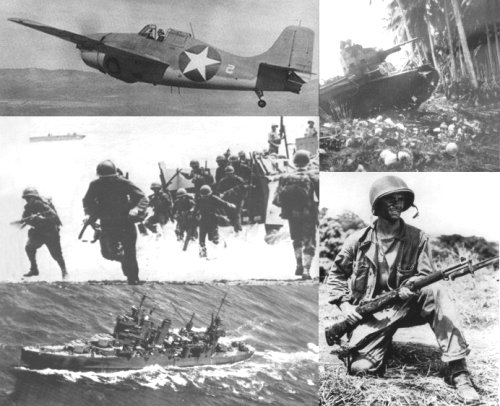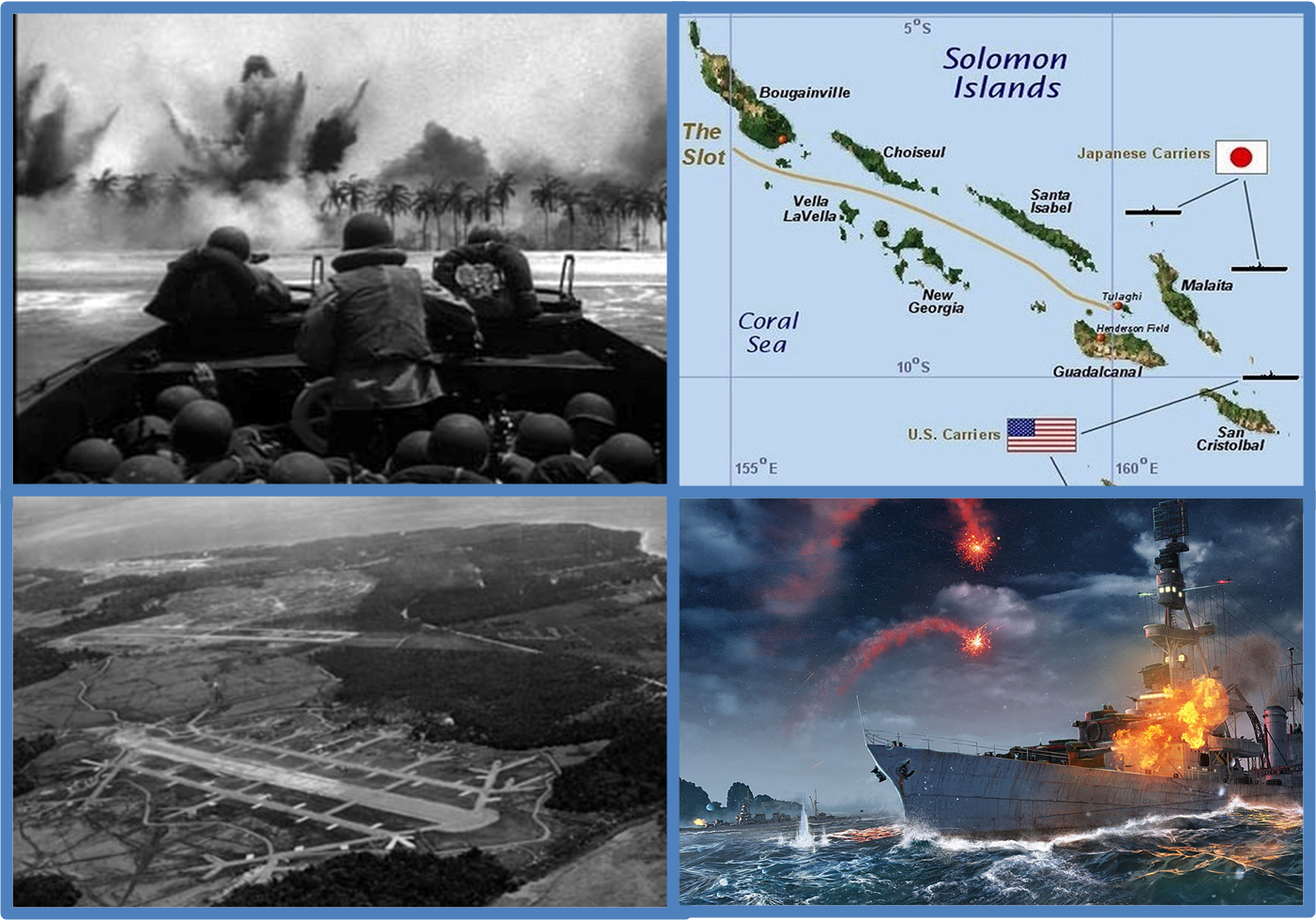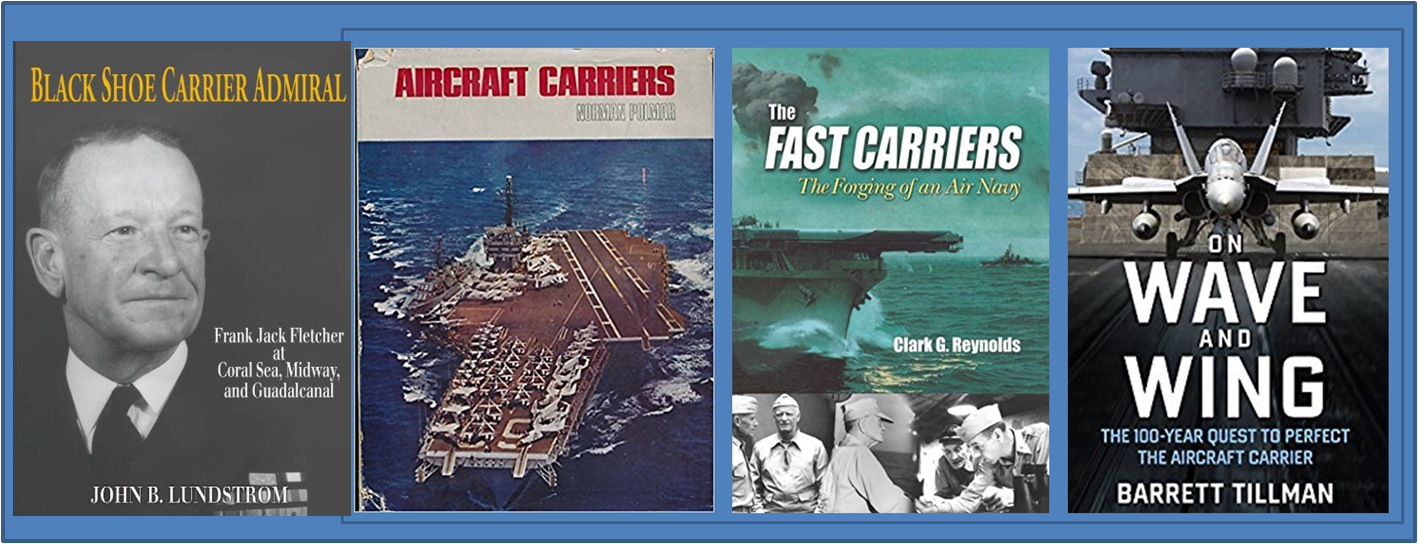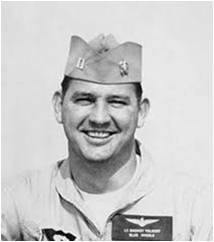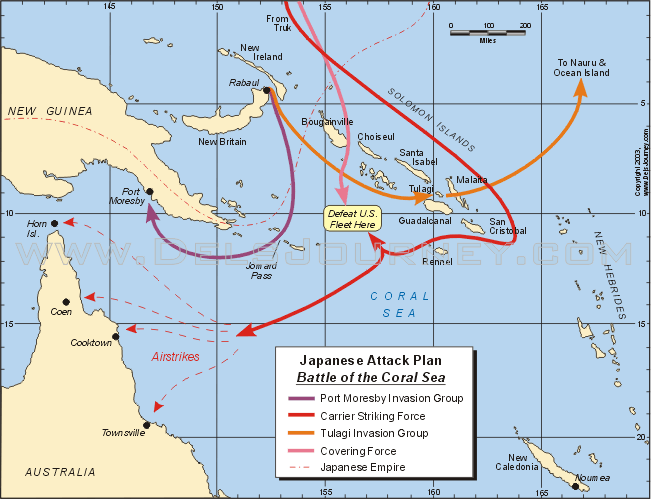You Only Live Twice
“My fellow Americans, whom I have gratefully served for 60 years, and especially my fellow Arizonians, thank you for the privilege of serving you and for the rewarding life that service in uniform and in public office has allowed me to lead. I’ve tried to serve our country honorably…” John Sidney McCain III
A Naval Aviator lies in state today – since 1852 only 30 people have done so before him. Yet social media continues to extrapolate their dislike and even hatred backwards to his military career, no matter the truth of those times – found in ample sources. You “only live twice” from the James Bond movie seems an appropriate description and vehicle for discussion of the certain elements in the first life of John McCain and the truth out there for those are interested in truth vs. politics. What follows addresses three issues wrongly stated: Continue reading

